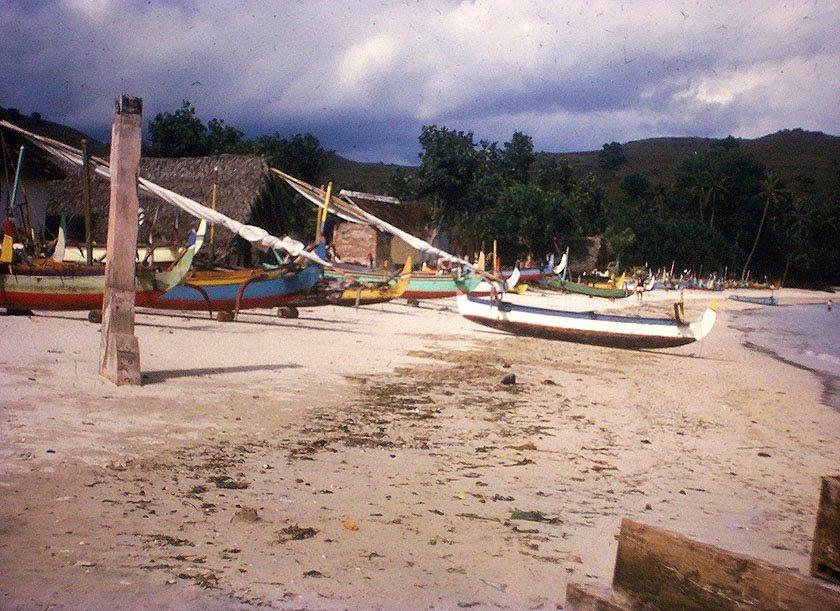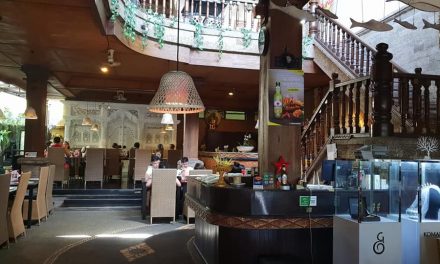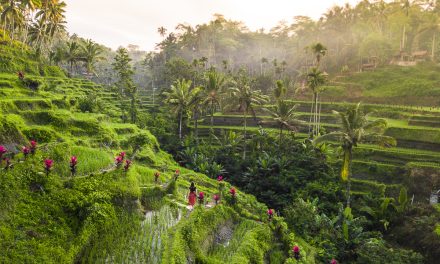Ubud is one of Bali’s most enchanting destinations, known for its lush landscapes, serene rice fields, and, of course, the famous Ubud Monkey Forest. While many visitors flock to see the playful monkeys swinging from the trees, there’s a deeper story behind this majestic sanctuary: wildlife conservation at Ubud Monkey Forest.
A Personal Encounter
My first visit to the Monkey Forest was nothing short of magical. As I wandered through the ancient paths, the sound of rustling leaves and enchanting temple structures surrounded me. Suddenly, a cheeky long-tailed macaque swung down from a branch and landed just inches away from me. As I stood frozen, it snatched my sunglasses right off my head! This playful encounter wasn’t just amusing; it was a reminder of the delicate balance between humans and wildlife.
In that moment, I realized that the conservation efforts at this sanctuary are vital for the well-being of these monkeys and their habitat. Ubud Monkey Forest is home to over 600 long-tailed macaques, and the locals are committed to protecting them and their environment.
The Importance of Conservation
Wildlife conservation at Ubud Monkey Forest goes beyond just caring for monkeys; it’s about preserving an ecosystem. The forest itself is rich in biodiversity, with numerous trees and plants that serve as food and shelter for the macaques. The sanctuary works tirelessly to maintain and restore this essential habitat, ensuring safety from urban encroachment and climate change.
Conservation Efforts in Action
One of the most inspiring tasks at the Ubud Monkey Forest is the ongoing education programs aimed at both locals and tourists. Guided tours, like the one I took with a knowledgeable guide, emphasize respecting wildlife, understanding animal behavior, and the importance of not feeding the monkeys. The team actively promotes eco-friendly practices among visitors, encouraging us not to litter and to be mindful of our actions.
During my tour, I learned that the sanctuary has adopted a proactive stance on monkey welfare. They rehabilitate injured or orphaned macaques, providing medical care and the opportunity for socialization before reintroducing them back into the wild. Witnessing the dedication of the caretakers was deeply touching; it highlighted the bond that forms when humans actively engage in conservation.
Practical Tips for Visitors
If you plan to visit the Ubud Monkey Forest, here are some practical tips to make your experience enjoyable while supporting wildlife conservation:
1. Respect the Monkeys: Maintain a safe distance and avoid direct eye contact. Remember, these are wild animals; their behavior can be unpredictable. Never feed them or try to touch them.
2. Secure Your Belongings: Keep all bags and personal items zipped up and close to you. These monkeys are clever and will seize any opportunity to snatch food or shiny objects.
3. Follow the Rules: Adhere to the guidelines provided by the sanctuary. They are there for the safety of both visitors and animals.
4. Participate in Conservation Programs: Consider joining guided tours that support educational efforts or donate directly to the sanctuary. Your contribution can make a significant difference!
5. Spread the Word: Share your experience with friends and family, highlighting the importance of wildlife conservation. The more we talk about it, the more awareness we create.
Reflections on My Visit
As I left the forest, I couldn’t shake the feeling of connection I had formed with the environment and its inhabitants. The tranquil energy of the place made me reflect on my own role in wildlife conservation, both locally and globally. A simple visit to a sanctuary can open your eyes to the challenges faced by wildlife and inspire you to take action in your own life.
I found myself thinking about how often we overlook the small steps we can take to help our planet. Whether it’s supporting local conservation efforts, reducing plastic usage, or volunteering at wildlife organizations, there’s always something we can contribute.
Conclusion
Wildlife conservation at Ubud Monkey Forest is a testament to the power of dedicated local efforts and community involvement. As travelers and nature lovers, we can play a crucial role in supporting these initiatives, ensuring that future generations can also enjoy the astonishing beauty and diversity of our planet. So, when you find yourself in Bali, take the time to explore the Ubud Monkey Forest and immerse yourself in the rich tapestry of wildlife conservation—it just might change your perspective. Whether you’re captivated by the playful antics of the long-tailed macaques or moved by the stories of conservation efforts, you’ll leave with a sense of purpose and connection to something much larger than yourself. Let’s all make a difference, one monkey at a time!






